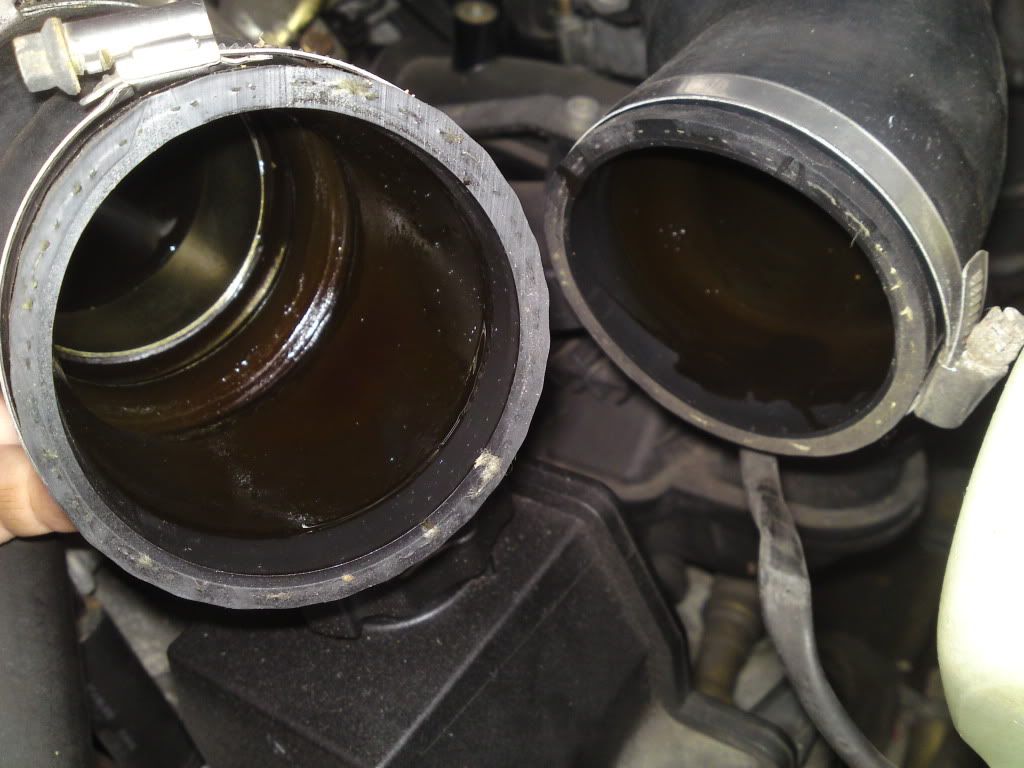For the last 20k miles my C230k has been venting into a lucozade sport bottle (orange flavour if it helps).
Doing 700 miles a week in the car, RR'd at 226bhp and 242lbft, has 182k on the original engine, pretty much no oil consumption, zero smoke from the exhaust, clean MAF and boost pipes (cleaned them out before I did it as the stock system coats everything in ****e), zero fumes inside the car, on track a couple of times a month where it spends most the time on or near the rev limiter...
...and its fine.
99% of the contents of the catch tank is dirty water which is mostly condensation from the engine, and I just empty it every coupla weeks.
Venting back to your inlet is purely an emissions thing, needed by law when a cars new, but not needed for an MOT in the UK at least (situation very different abroad), and depending how its set up and depending how hard your car breaths (condition and what oil you use plays the part there a lot) its useful to prevent any fumes getting into the interior.
On my car at least I considered most the stock setup to be fine, quite good even with a decent drain back to the sump etc, APART from anywhere where it joins to the air inlet system of the engine, that had to be re routed elsewhere.
Never had a single tuned car I didnt do this to, and always a benefit. Granted I usually use something prettier than a lucozade bottle, but hey.



